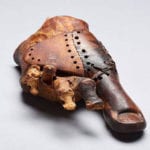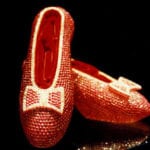 History
History  History
History  Movies and TV
Movies and TV 10 Fictional Kings Who Go from Good to Bad
 Food
Food The Fantastic Chemistry Behind Why 10 Popular Foods Taste So Good
 Technology
Technology 10 Futuristic Fungal Technologies
 History
History 10 Not-so-Spooky Events That Also Happened on October 31
 Creepy
Creepy 10 Unsettling Ghost Stories to Tell This Halloween
 Crime
Crime 10 Truly Evil People Who Used Halloween as the Perfect Cover
 Movies and TV
Movies and TV 10 Wildly Different Movie Takes on Nuclear War
 Creepy
Creepy 10 Places Where Folklore Is Alive and Well
 History
History 10 Events That Unexpectedly Changed American Life
 History
History 10 Weird Distractions from the Great Depression
 Movies and TV
Movies and TV 10 Fictional Kings Who Go from Good to Bad
 Food
Food The Fantastic Chemistry Behind Why 10 Popular Foods Taste So Good
Who's Behind Listverse?

Jamie Frater
Head Editor
Jamie founded Listverse due to an insatiable desire to share fascinating, obscure, and bizarre facts. He has been a guest speaker on numerous national radio and television stations and is a five time published author.
More About Us Technology
Technology 10 Futuristic Fungal Technologies
 History
History 10 Not-so-Spooky Events That Also Happened on October 31
 Creepy
Creepy 10 Unsettling Ghost Stories to Tell This Halloween
 Crime
Crime 10 Truly Evil People Who Used Halloween as the Perfect Cover
 Movies and TV
Movies and TV 10 Wildly Different Movie Takes on Nuclear War
 Creepy
Creepy 10 Places Where Folklore Is Alive and Well
 History
History 10 Events That Unexpectedly Changed American Life
10 Everyday Things That Were Invented By NASA
“Why are we funding space travel, anyway?”
It’s a popular question among taxpayers. Despite how amazing space travel is, many skeptics argue that our money would be better spent on projects here on Earth. However, these people don’t know that investing in science funnels this money right back into society.
It’s estimated that every dollar invested in NASA puts anywhere from $7 to $14 back into the US economy, and it’s not hard to see why. When scientists are pushed to answer complicated questions about survival in space, it almost always leads to innovations that can help us here on Earth.
This list shows just a few of the insanely useful products that have come out of the space program. Look around! Some might be in your house right now—or even in your body!
10 Insoles
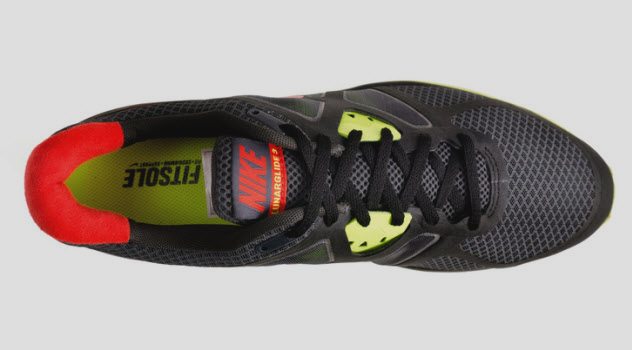
As it turns out, one small step for man was a giant leap for arch support. The technology used by NASA to build space suits for the Apollo astronauts revolutionized the way sneakers are constructed, with the key addition of insoles in newer products.
NASA’s rubber molding techniques made it easier for shoe companies to fit padding into their shoes, whereas the light insulation used to protect astronauts proved equally useful in protecting feet. NASA engineer Frank Rudy followed these inventions into the shoe industry, eventually proposing the shock-absorbent design used in Nike Air sneakers.[1]
Thanks to the science that brought men to the Moon, people around the world are walking a little more comfortably.
9 Phone Cameras

One of the most useful things about the Information Age is our ability to snap and share pictures from a tiny camera that fits in our pockets. And yes, we have NASA to thank for that.
The very concept of a digital camera was first developed at the Jet Propulsion Laboratory (JPL) in the 1960s when engineer Eugene Lally suggested using an organized grid of light sensors to capture still images.[2]
In the 1990s, another JPL team developed a technology that made spacecraft cameras significantly smaller. This innovation also increased the image quality of these cameras as well as their speed and battery life.
At this point, it was clear that this technology could be used for much more than telescopes. These tiny cameras quickly made their way into everything from webcams to medical scopes. So next time you take a selfie, take a second to thank the space program.
8 Baby Food
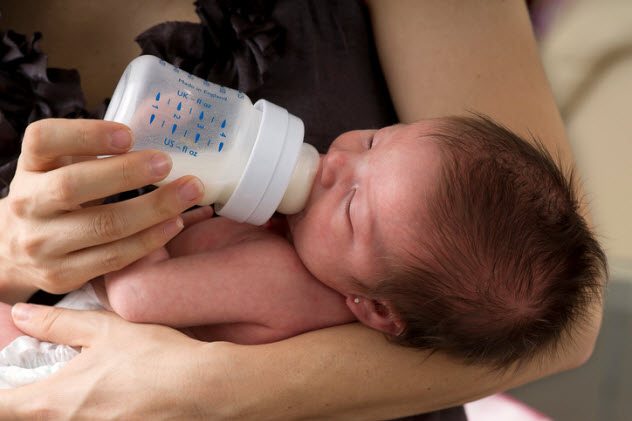
While feeding babies can be a significant challenge, feeding astronauts in space may be even harder. That’s why NASA hired Martek Biosciences Corporation to make a nutritional supplement for their astronauts.
In exploring the use of algae, however, these researchers discovered strains that produced two fatty acids also found in human breast milk. Although these compounds are made naturally in our bodies, the researchers realized that their supplementation could help underdeveloped babies grow stronger.[3]
If you’re in the market for baby food, keep an eye out for products containing DHA and ARA. There are no promises that your kid will become an astronaut, but you can at least be happy knowing that they’re eating like one.
7 Artificial Limbs
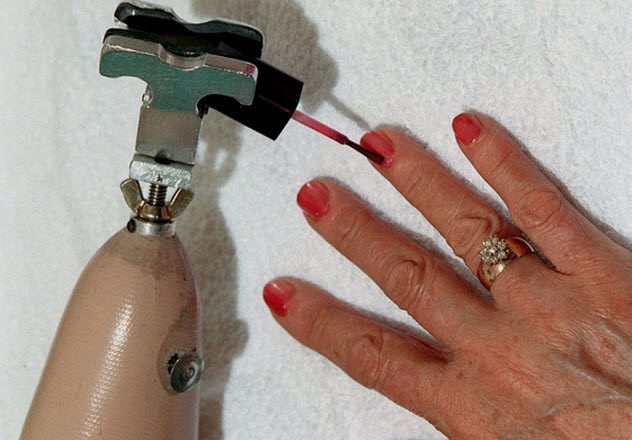
Although the concept of prosthetics has been around for centuries, we can thank NASA for making modern limbs stronger and less expensive. For much of the 20th century, artificial limbs were created using plaster and corn starch molds. This process produced limbs that were heavy and fragile, which made them impractical for many people.
Desperate to innovate, the Harshberger Prosthetic and Orthotic Center turned to NASA’s Marshall Space Flight Center for help. For the team of scientists who built external tanks for the space shuttles, a few arms and legs weren’t too hard to handle.
The team showed Harshenberger their foam insulation, which protected the tanks from heat while remaining light and durable. To Hershenberger’s delight, this foam was equally successful in fitting artificial limbs.
In reducing the weight of their prosthetics, they also reduced costs for patients and increased production. Overall, this partnership was an all-around win for the prosthetics industry.[4]
6 Memory Foam
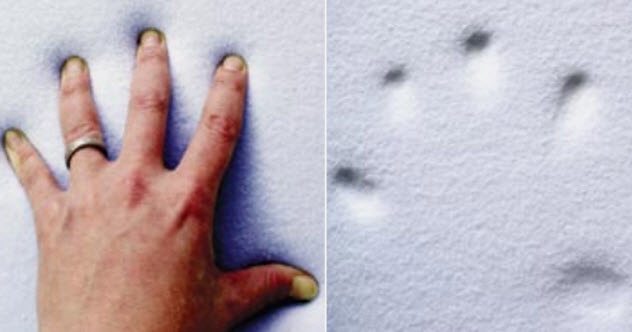
It’s a simple innovation that protects bad backs and astronaut butts alike. For such a simple technology, some might be surprised that memory foam was first created by NASA to cushion their aircraft seats.
After its invention in 1969, creator Charles Yost developed a company to commercialize his product. He continued to improve upon (and profit from) his technology, which went on to be used in everything from medical beds to motorcycle helmets.
Eventually, Yost’s company was recognized by NASA and entered into the US Space Foundation’s Space Technology Hall of Fame for the low cost and high usability of its material.[5] You can sleep soundly tonight knowing that your mattress has NASA’s seal of approval.
5 Joysticks
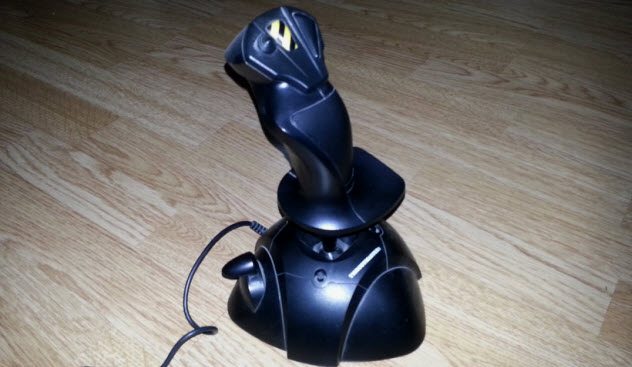
Before their video game days, joysticks were first used by the US Navy to land airplanes. The problem with these sticks, though, was that they were large and clunky, definitely unable to fit on your average game controller. Still, joysticks eventually made it onto spaceships, notably starring in the Apollo missions.
A basic gaming joystick first showed up in 1969 with the release of Sega’s Missile. This stick allowed players to move in four directions, with an added button to fire projectiles. Still, it was missing the nuance that allowed military-grade sticks to make more complicated maneuvers.
So where did we get the small, sensitive, multidirectional controllers we use today?
Why, the space shuttle program, of course! After studying the flight simulation controllers at the Johnson Space Center, gaming company Thrustmaster, Inc. developed an ultrarealistic controller that allowed the same technology to be used through a standard game port. The result was a satisfyingly nerdy innovation that demonstrates the real potential of gaming technology.[6]
4 Cochlear Implants
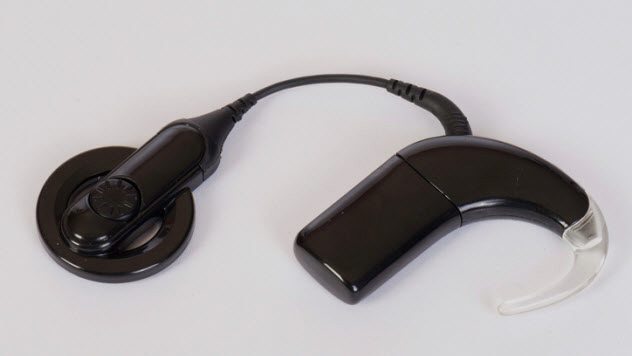
Like any great organization, NASA has a history of taking in bright minds and providing them with opportunities to grow. Adam Kissiah, the inventor of the cochlear implant, was one of those minds.
Although he invented a medical device used by tens of thousands of deaf and hard-of-hearing people, Kissiah himself had no medical background. Rather, he built this device while working as an electronics instrumentation engineer at NASA, using his engineering knowledge to confront his own hearing problems.
Kissiah understood the limitations of normal hearing aids, which only increased the volume of sounds. Instead, his device bypasses faulty sound receptors in the ear to send information straight to the brain. It does so using a small microphone, which picks up sounds and converts them to electrical pulses.
Kissiah was inducted into the US Space Technology Hall of Fame in 2003, a prime example of how creative thought that crosses disciplines can change lives for the better.[7]
3 Invisible Braces
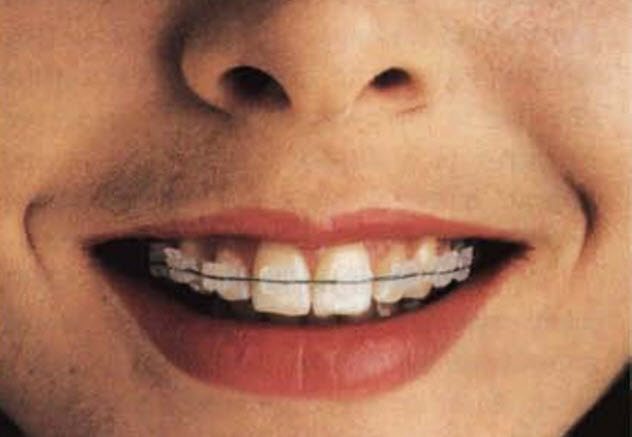
To get a rocket into space, you need to have the right materials. NASA researchers have spent countless hours developing materials that are light and durable, specifically tailoring them to solve a multitude of problems.
One of these materials, translucent polycrystalline alumina (TPA for short), was developed by a company working with NASA to help with infrared tracking. In 1986, a company called Unitek got in touch with the creator to solve a different problem: orthodontic care.
Unitek was looking for a material that was strong enough to act like braces but translucent to reduce the embarrassment that comes with brace-face. It was an unlikely pairing, but the production of these “invisible” brackets was a hit with consumers.[8] After all, a material is a material. From heat-seeking to teeth-fixing, what we do with it is up to us.
2 Satellite TV
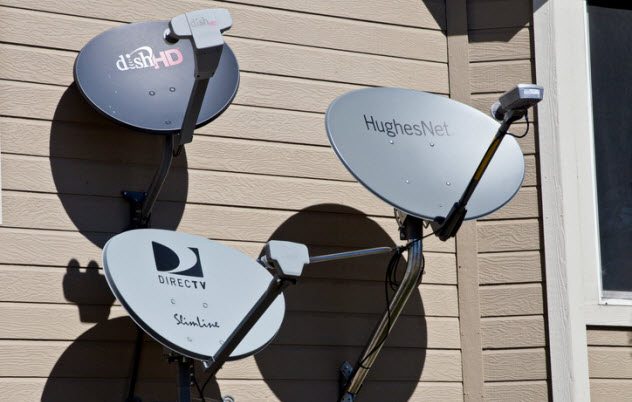
Young people today may never know the struggle of finding the perfect angle for your TV antenna. One of the most useful contributions of the space program is its advancement of wireless communication, especially for television providers.
After launching a successful group of satellites in the 1950s and ’60s, NASA helped build the first commercial satellite for AT&T, which took off in 1962. In later years, NASA’s continued communications research would improve the signal, picture, and life span of these satellites.[9]
This improved government-funded technology would eventually filter into commercial products. Although space exploration can connect us to far-off worlds and complicated scientific advancements, it plays an equally important role in connecting us to each other.
1 Bathing Suits
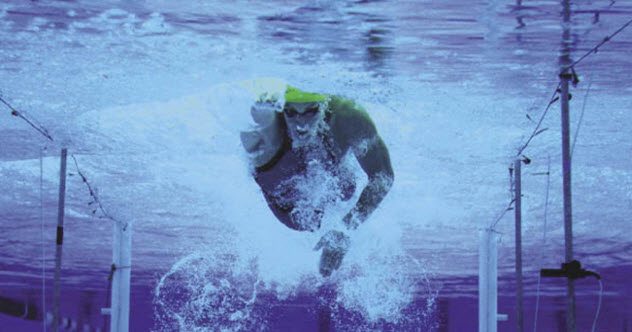
After the 2004 Olympics, another unlikely partnership sprang into being between NASA and Speedo. It may sound strange, but there’s a good reason behind it. One of the best ways for competitive swimmers to increase their speed is to reduce drag, which NASA’s fluid dynamics researchers know a thing or two about.
In fact, NASA’s Aeronautics Research Mission Directorate focuses their work on reducing drag and increasing efficiency for spacecraft. They contributed this knowledge to develop the LZR Racer swimsuit.[10]
With flume testing and mathematically informed design, the two organizations developed a suit that reduced drag 24 percent more than the previous racing suit. While it might not sound like a lot, the fractions of a second saved by these suits really matter in Olympic-level races.
In 2008 alone, swimmers wearing the LZR Racer broke 13 world records. It’s not rocket science to see that it made a difference!
Kelsey Johnson is a Boston-based writer and researcher with interests in space exploration, space history, psychiatry, and various other scientific fields.
Read more fascinating facts about NASA on 10 Dirty Little Secrets From NASA and 10 Strange Projects In Development At NASA.





